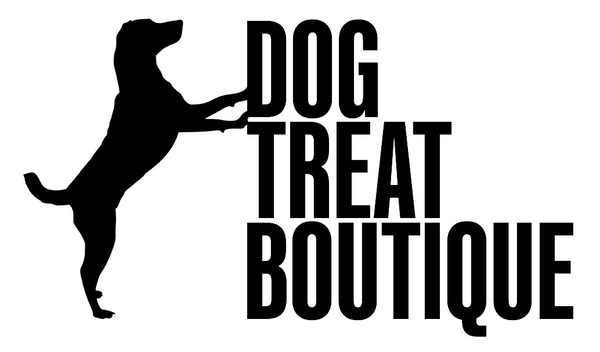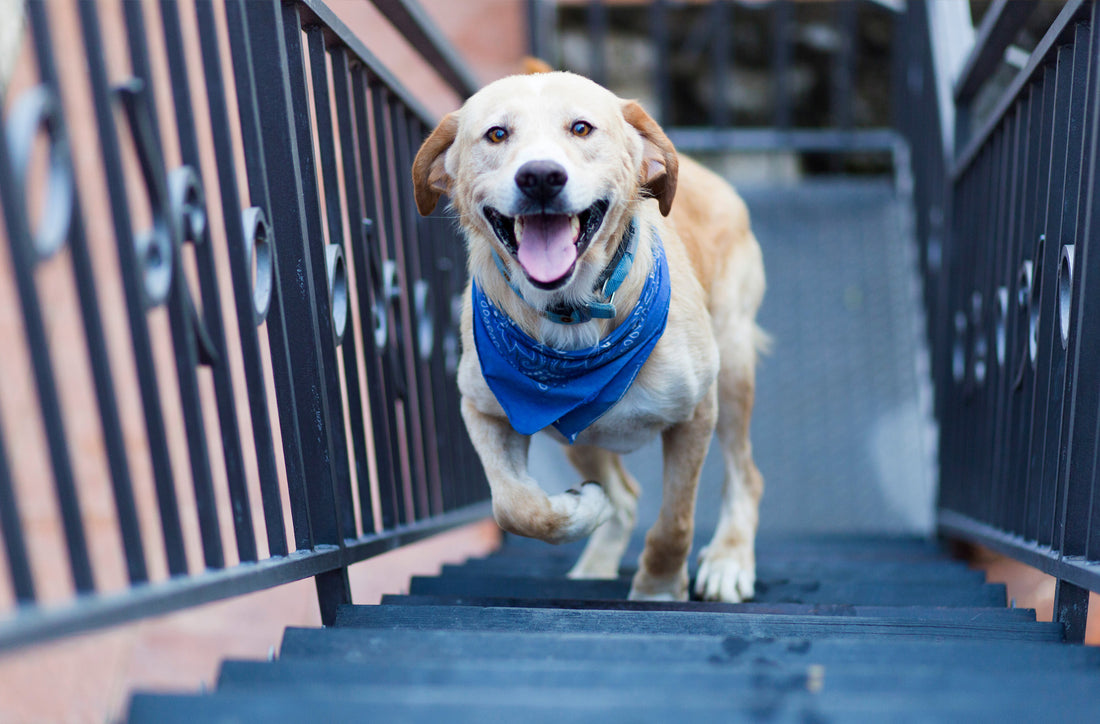Hip Dysplasia is a deformity of the hip that occurs during growth. Larger and giant breed dogs are more prone to hip dysplasia, but it can also be found in smaller dog breeds.
Hip dysplasia is commonly a hereditary condition and can be diagnosed as early as a few months old. Most dogs will not show signs of hip dysplasia until they are older as their bones degenerate over time.
In practice this means the ball and socket of the hip joint do not fit together properly or they do not grow at the same rate so do not develop properly when the dog is growing. Instead of sliding smoothly, the joint will grind and rub when the dog walks.
Over time the ball and socket will deteriorate leaving the dog with little or no mobility and can lead to osteoarthritis, osteoarthrosis or degenerative joint disease.
Symptoms of hip dysplasia
· Pain
· Stiffness in the joint
· Difficulty getting up and lying down
· Difficulty going up or down stairs
· Slightly arched back
· Shifting their weight from one leg to the other
· Limping
· Reduced mobility
· Reluctant to exercise
· Swaying/bunny hopping, otherwise known as gait, while walking
· Weakness in the back legs
· Small hips, weakened muscles in the back legs
· Larger shoulders to compensate for the weakened hips
Diagnosing hip dysplasia
If any of the above listed symptoms are noticed a vet check is required. The vet will do a physical exam to check for any grinding, pain or discomfort in the joint, which can be followed up by a radiograph or X-ray and blood tests to confirm the condition and determine how severe it is.

What causes hip dysplasia?
This condition is genetic but by following certain precautions the risk of dysplasia occurring can be reduced. Not meeting the dog’s nutritional needs appropriately can increase the dog’s likelihood of developing hip dysplasia. Some larger breed dogs may need additional supplements to ensure healthy growth of the bones, both when a puppy and into later life.
Over feeding puppies can also increase the likelihood of them developing this condition, it is important to make sure they only eat what is needed to ensure a healthy growth rate. Being overweight in adult dogs can also bring on the pre-existing condition as it puts pressure on the dog’s joints.
Exercise is an important factor, but make sure to get the balance right so as not to put a strain on the dog’s joints.
Preventing hip dysplasia
If buying a puppy, check with the breeder if they have screened the dam and sire for the condition. Ask if they have an OFA certificate, this can be acquired from The Orthopedic Foundation for Animals, they test the breeding parents for signs or hip dysplasia and will produce a certificate for the breeder. The British Veterinary Association also offer this service as well as the Kennel Club.
The condition could be limited by managing their environmental influence. For example:
· Making sure their nutritional needs are met through diet. Some large breed dogs may have different nutritional needs due to excessive growth spurts, additional supplements with their food can be helpful.
· Try not to overfeed large breed puppies. It is tempting to overfeed your puppy as you presume it will grow out of its puppy fat. With a large breed dog, it is better to manage their food intake carefully to keep the growth spurts to a minimum, this allows the bones to form more slowly and reduce the risk of not forming properly
· In an adult dog, do not allow them to become overweight as this can put a strain on the joints.
· Delaying neutering of a large breed dog until they are fully mature can also be beneficial to reduce the risk of bones growing too quickly or not forming properly. The hormones produced in an adult dog are what will stop the bones from growing further. Neutering removes these hormones which could increase the risk of issues with the bones/joints.
· If the dog is at risk of developing dysplasia, avoid the dog having to use stairs, jumping, excessive exercise, exercising on hard ground, or anything which may put pressure on the joints.
Treating hip dysplasia
If the condition is mild it may be manageable without surgery, there are treatments which may help ease the symptoms:
· A healthy diet and making sure the dog does not put on weight
· Controlled exercise
· Joint supplements including glucosamine, chondroitin sulfate and omega-3
· Polysulfated glycosaminoglycan injections
· Anti-inflammatory/pain medicines
· Disease-modifying drug treatments
· Physiotherapy
· Hydrotherapy
· Massage
· A warm environment
Hip dysplasia is most likely to get worse with age and generally causes arthritis. If the condition is more severe it may require surgery, there are a few different types listed below.
- Juvenile pubic symphysiodesis (JPS)
- Femoral head ostectomy (FHO)
- Triple pelvic osteotomy (TPO)
- Total hip replacement (THR)
- Femoral head and neck excision (FHNE)
- Capsular neurectomy
REFERENCES
1. TheKennelClub (2020) ‘Health and Dog Care’ – Thekennelclub.org.uk
[https://www.thekennelclub.org.uk/health-and-dog-care/health/]
2. VCAHospitals (2020) ‘Hip Dysplasia in Dogs’ – Vcahospitals.com
[https://vcahospitals.com/know-your-pet/hip-dysplasia-in-dogs]
3. FitzpatrickReferrals (2020) ‘Hip Dysplasia’ – Fitzpatrickreferrals.co.uk
[https://www.fitzpatrickreferrals.co.uk/orthopaedic/hip-dysplasia/]
4. BVA (2019) ‘Hip Dysplasia in Dogs’ – Bva.co.uk
[https://www.bva.co.uk/media/2797/chs-hip-dysplasia-2019-v2-web-170419.pdf]
5. PDSA (2020) ‘Hi Dysplasia in Dogs’ – Pdsa.org.uk
[https://www.pdsa.org.uk/taking-care-of-your-pet/pet-health-hub/conditions/hip-dysplasia-in-dogs]
6. GlobalVetSpecialists (2020) ‘Hip Dysplasia’ – Globalvetspecialists.org
[https://www.globalvetspecialists.org/hip-dysplasia]
7. Wikipedia (2020) ‘Hip Dysplasia Canine’ – Wikipedia.org
[https://en.wikipedia.org/wiki/Hip_dysplasia_(canine)]
8. https://www.pittsboroanimalhospital.com/dysplasiahips-elbows

